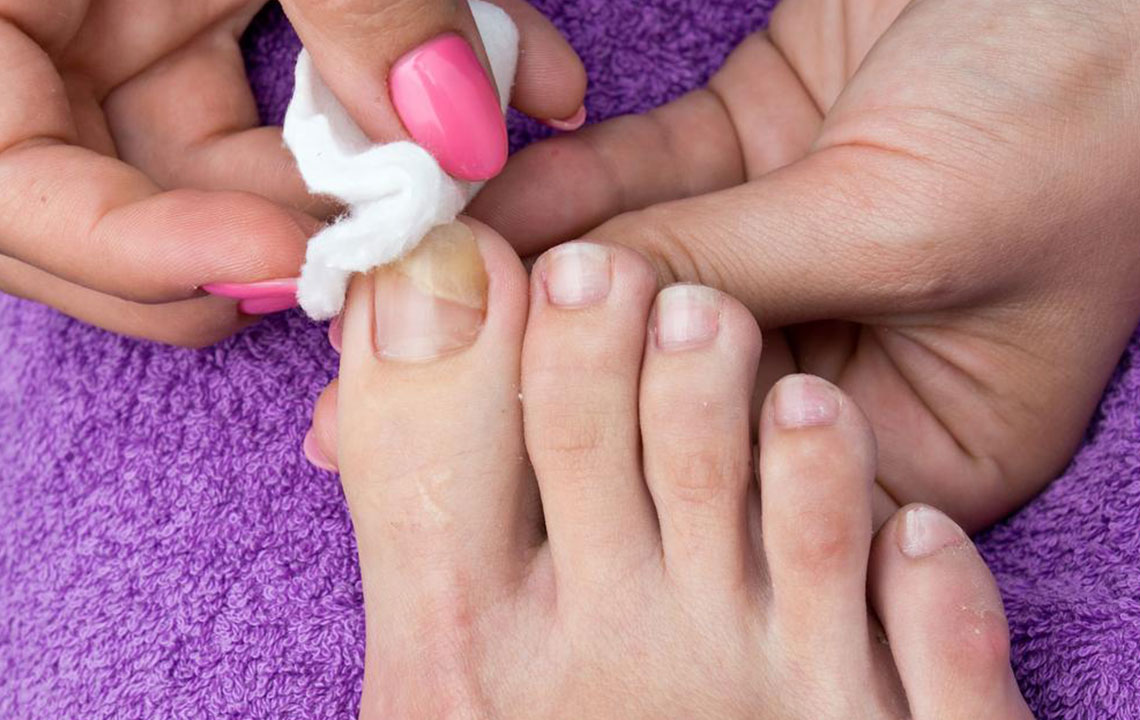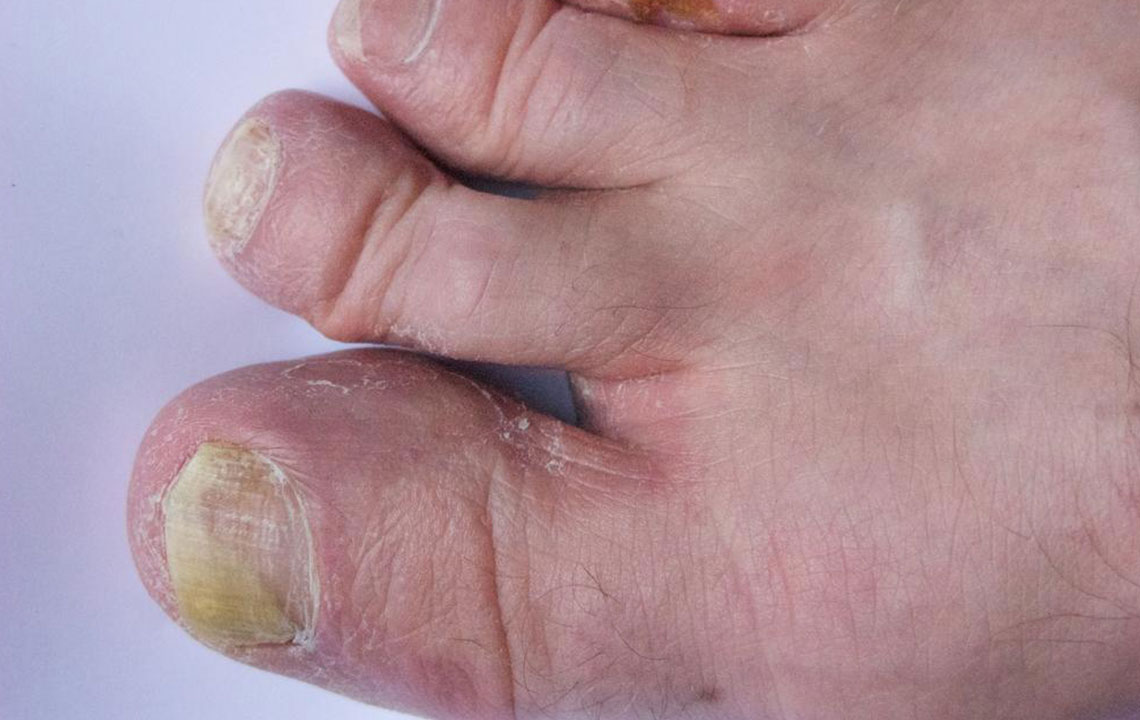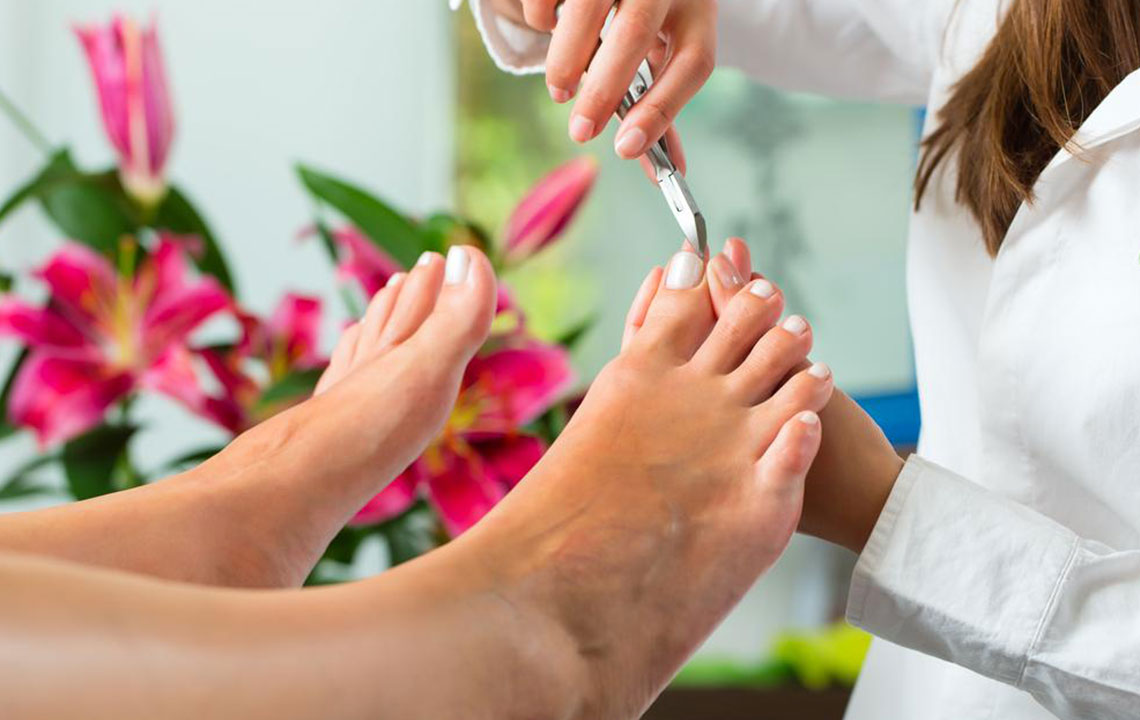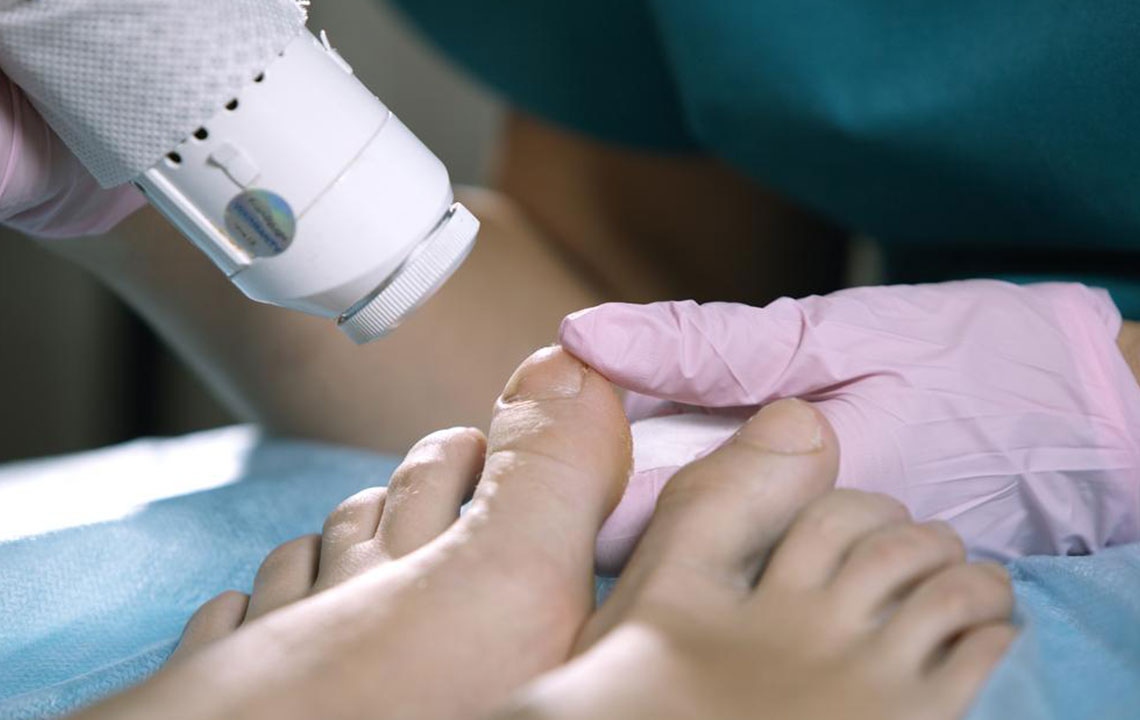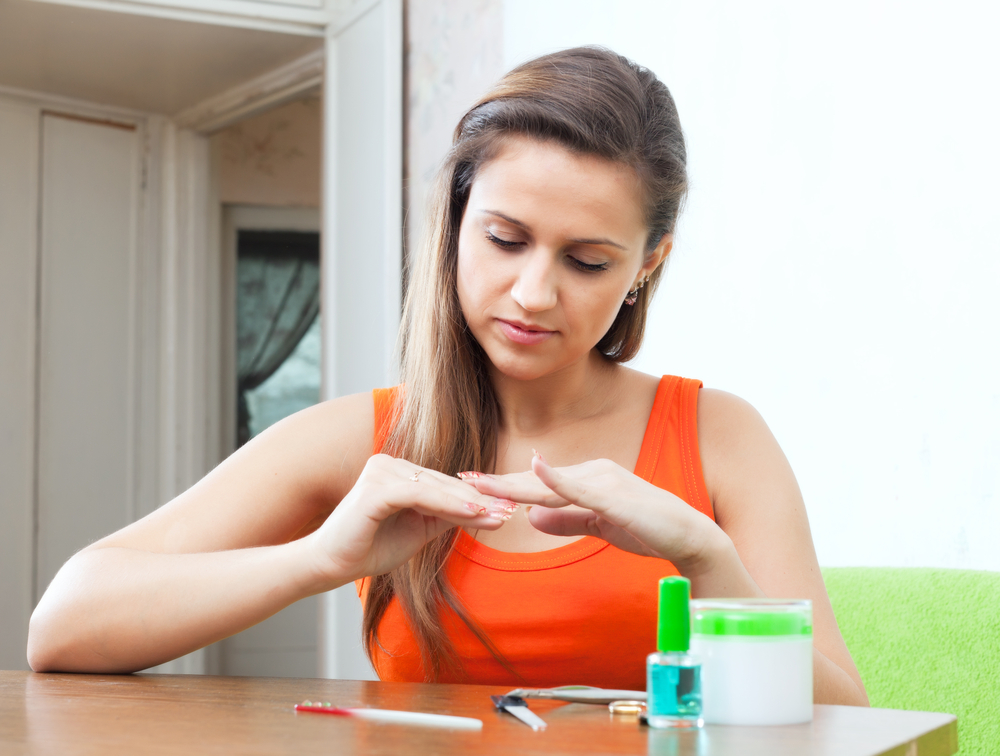Comprehensive Strategies to Treat and Prevent Toenail and Fingernail Fungal Infections
This comprehensive guide offers detailed insights into diagnosing, preventing, and treating toenail and fingernail fungal infections. It covers symptoms, risk factors, effective therapies, and natural remedies, helping readers maintain healthy nails and prevent fungal outbreaks through practical advice and professional treatments. Whether you're seeking quick remedies or long-term prevention, this guide provides extensive information to safeguard your nail health effectively.
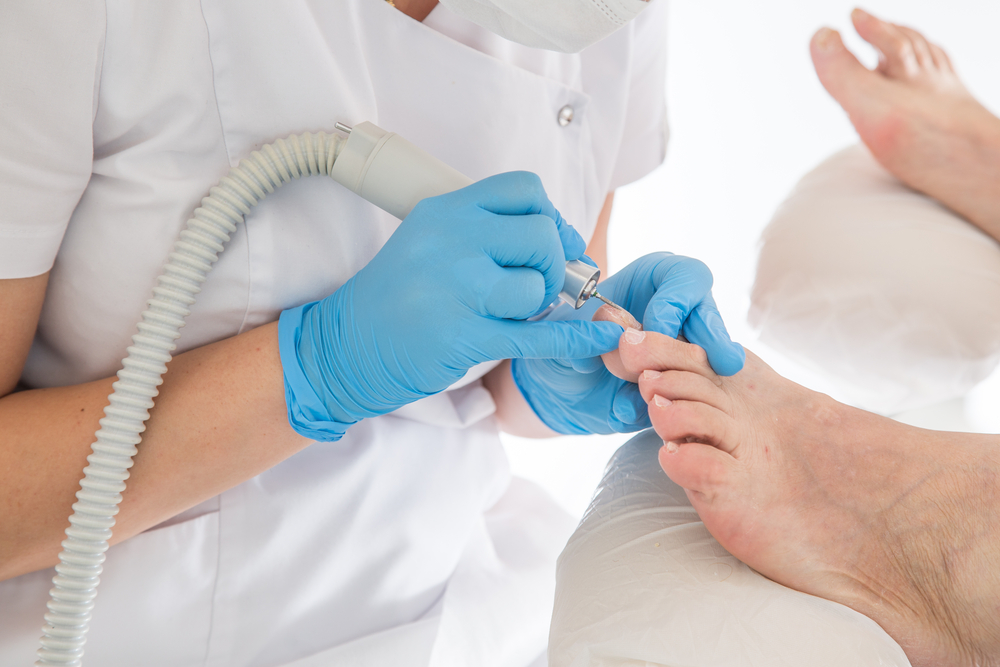
An In-Depth Guide to Managing and Preventing Nail Fungal Infections
Thorough insights on identifying and treating nail fungus effectively Nail fungus, also referred to as onychomycosis in medical terminology, represents a widespread and persistent condition that can lead to significant changes in the appearance and health of fingernails and toenails. Although often associated with inadequate hygiene, nail fungal infections can develop due to various internal and external factors. Understanding these influences, recognizing symptoms early, and adopting appropriate treatment and preventive measures are essential for maintaining healthy nails and preventing complications.
Below, we explore comprehensive details concerning nail fungus, including how to identify it, its underlying causes, available treatment options, and effective prevention strategies to safeguard nail health.
Key signs and symptoms of nail fungal infections Proper diagnosis is critical to choosing the right treatment pathway. Recognizing the early and advanced signs of fungal infections can make a significant difference in treatment outcomes.
Typical indicators of fungal infections of the nails include:
Thickened, brittle, brittle, and crumbling nails that may break apart easily.
Irregular, dull, or distorted nail shapes that deviate from normal contour.
A yellowish, brownish, or dark discoloration of the affected nails.
Scaling or hyperkeratosis beneath the nail plate, often accompanied by debris buildup.
White or yellow streaks, spots, or patches visible on the surface of the nail.
Separation or detachment of the nail from the nail bed, creating a gap or lifting sensation.
Unpleasant odor emitting from infected nails, sometimes foul-smelling.
Possible discomfort, tenderness, or mild pain around the affected area.
Factors that increase the risk of developing nail fungus While anyone can develop a fungal nail infection, certain groups and conditions make individuals more susceptible. Recognizing these risk factors can help in early prevention and targeted interventions.
Additional risk factors include:
Impaired blood circulation, especially in diabetic or elderly patients.
Slow nail growth, which delays clearance of infections.
Excessive sweating, especially in hot or humid climates.
Genetic predisposition or family history of fungal infections.
Environments with high humidity, such as gyms, swimming pools, or communal showers.
Prolonged use of tight, unbreathable footwear and socks that trap moisture.
Frequent use of artificial or acrylic nails, which can trap fungi underneath.
Walking barefoot in damp communal areas increases exposure to fungi.
Close contact with individuals suffering from fungal infections.
Previous nail trauma or infections that compromise the nail’s integrity.
Preventive measures to reduce the risk of nail fungus Prevention is often more effective than treatment. Implementing simple yet consistent habits can significantly decrease the likelihood of developing nail fungal infections.
Maintain proper personal hygiene by washing hands and feet frequently with soap and water.
Avoid walking barefoot in shared public spaces, especially pools, locker rooms, and showers.
Trim nails regularly and keep them dry; filing nails can also prevent thickening and debris buildup.
Disinfect nail grooming tools after each use and store them in a clean, dry place.
Moisturize and hydrate nails and surrounding skin to prevent brittle nails and cracks where fungi can invade.
Wear moisture-wicking socks and breathable footwear to reduce sweat accumulation.
Change socks daily and opt for shoes that allow air circulation; avoid tight-fitting shoes.
Ensure proper sterilization of manicure and pedicure tools in salons, and choose reputable salons for nail care.
Limit or avoid using nail polish and artificial nails if prone to fungal infections, and give nails breaks between uses.
Established treatment options for nail fungal infections Several treatments are available, ranging from topical applications to systemic medications, depending on the severity of the infection.
Topical antifungal agents, such as medicated creams, lacquers, and solutions, are often prescribed as the first line of defense. Consistent and prolonged use is essential for success.
In more entrenched or stubborn cases, healthcare providers may recommend oral antifungal medications, which work internally to clear the infection.
In some instances, laser therapy or surgical removal of the damaged nail may be considered when other treatments fail or infection causes significant discomfort.
Natural remedies and home treatments for fungal toenail and fingernail infections Many individuals prefer natural approaches to complement medical treatments or as preventive measures. While their effectiveness varies, some remedies have shown promising results:
Vinegar: Soak affected nails in a mixture of vinegar and warm water (equal parts) for 15-20 minutes daily. Vinegar’s acidity creates an inhospitable environment for fungi.
Listerine mouthwash: Contains ingredients like menthol and thymol, which possess antifungal and antibacterial properties. Applying mouthwash to nails or soaking nails in it can be beneficial.
Baking soda:** Applying a paste or soaking nails in a baking soda solution may help neutralize fungi due to its antifungal and deodorizing properties. Do this once or twice daily.
Tea tree oil: Known for its potent antifungal and antibacterial effects, tea tree oil can be applied directly to the nails with a cotton swab or diluted with a carrier oil.
Ozonized sunflower oil: Applying this oil twice daily may aid in fungal eradication, thanks to its antimicrobial properties.
In addition to these remedies, maintaining proper nail hygiene and seeking early medical advice increases the chances of successful treatment and recovery. Persistent or worsening infections should always be evaluated by a healthcare professional for tailored intervention.
